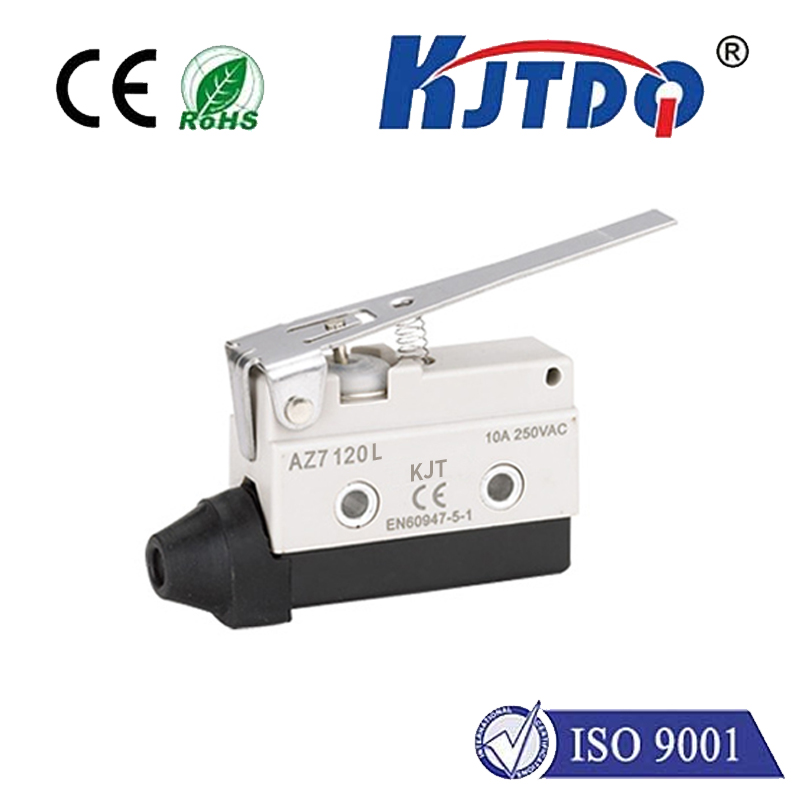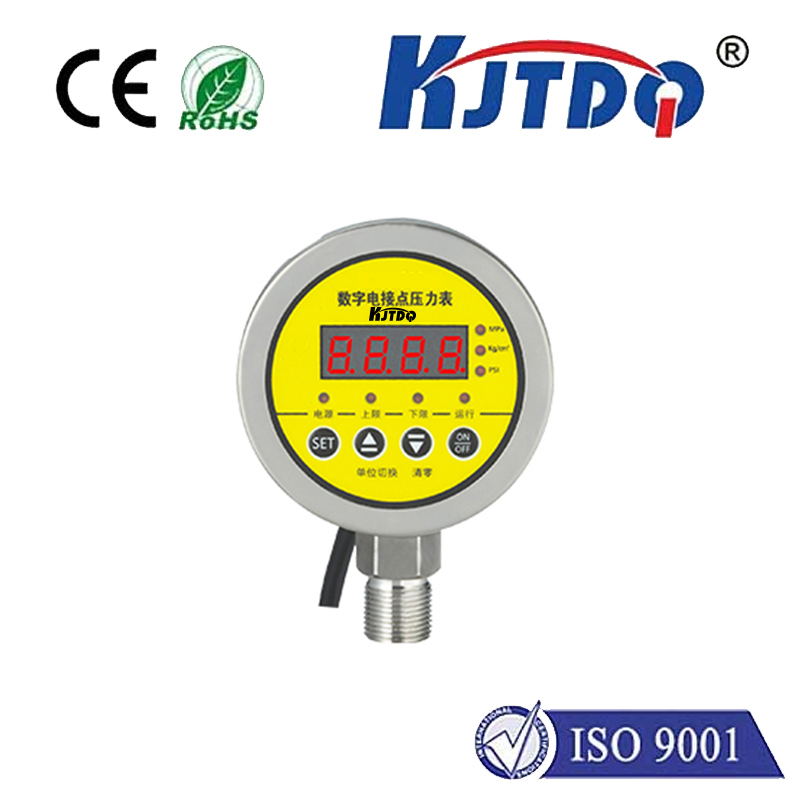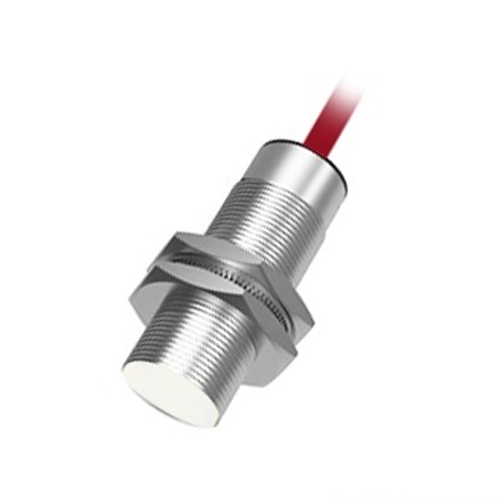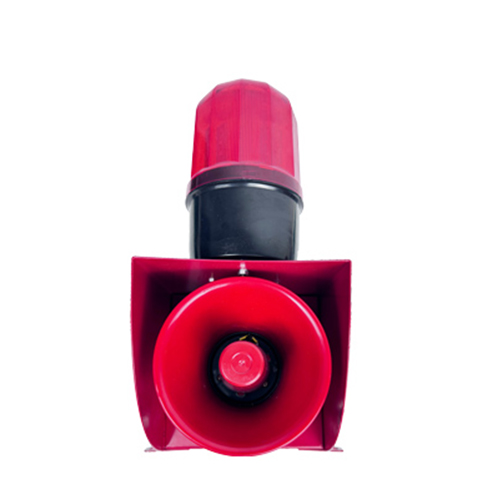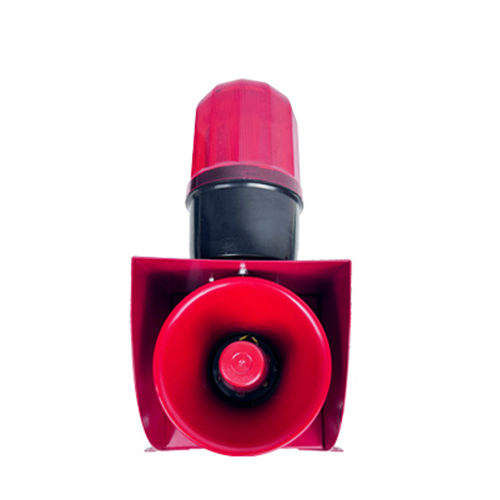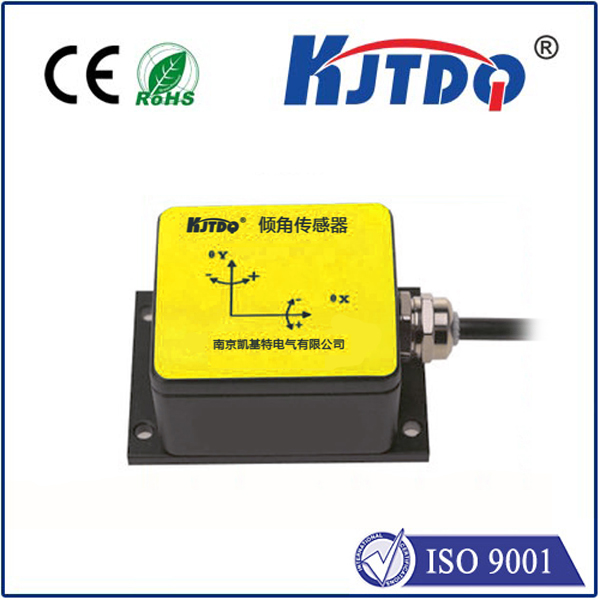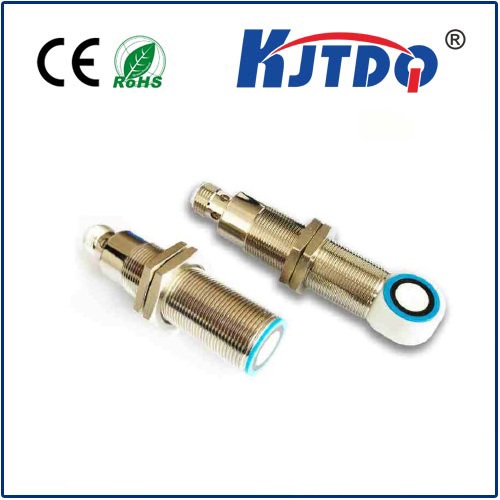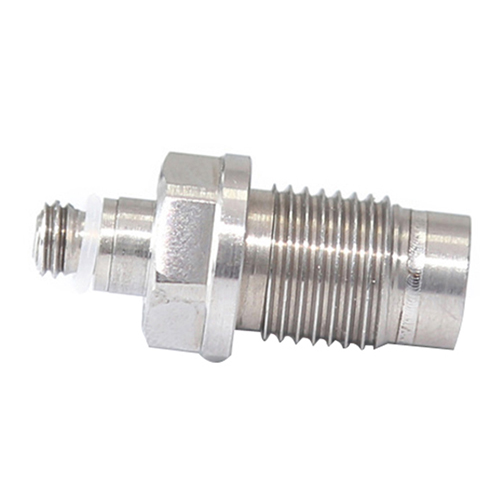different types of temperature sensors
- time:2025-08-24 01:05:17
- Нажмите:0
Choosing Your Thermometer: A Guide to Different Types of Temperature Sensors
Temperature. It’s a fundamental parameter we encounter countless times a day, often without a second thought. From checking the weather on our phones to ensuring our car engine doesn’t overheat, or guaranteeing food safety in restaurants and precise chemical reactions in labs, accurate temperature measurement is absolutely critical. But how do we actually measure it? The answer lies in a diverse family of devices: Датчик температуры. Choosing the right one isn’t just about grabbing any thermometer; it hinges on understanding the different types of temperature sensors available and their unique strengths and limitations.
Why Sensor Diversity Matters
Not all temperature measurement scenarios are created equal. Imagine trying to measure the surface of the sun with a standard mercury thermometer! Factors like the required Диапазон температур, necessary precision, response time, the environment (corrosive, pressurized, vibrating?), physical constraints, and budget all play pivotal roles. This is where the variety of temperature sensors becomes essential engineering. Each type operates on distinct physical principles, making it inherently suited for specific temperature measurement challenges.
Contact Sensors: Touching the Heat

These sensors require physical contact with the object or medium whose temperature you need to know. They are workhorses in countless industrial applications, process control, and laboratory settings.
- Thermocouples: The Rugged Workhorses
- Principle: Rely on the Seebeck effect – when two dissimilar metals are joined at both ends, and a temperature difference exists between the junctions, a small voltage (EMF) is generated. This voltage correlates to the temperature difference.
- Основные особенности: Extremely wide temperature ranges (some types can measure from -270°C to over 2300°C), durable, relatively inexpensive, and simple in construction. They are self-powered (generate their own signal).
- Limitations: Lower accuracy and stability compared to RTDs, output is non-linear (requires conversion), susceptible to electrical noise, require a known reference temperature (“cold junction compensation”).
- Best For: High-temperature processes (furnaces, kilns, engines), general-purpose industrial applications where ultimate precision isn’t critical but ruggedness is key.
- Resistance Temperature Detectors (RTDs): The Precision Masters
- Principle: Based on the predictable increase in the electrical resistance of pure metals (most commonly platinum, known as Pt100 or Pt1000) as temperature rises. The relationship is highly linear and stable.
- Основные особенности: Offer high accuracy, excellent stability, and repeatability over time. Good linearity simplifies signal processing. Platinum RTDs have a wide range (typically -200°C to 850°C).
- Limitations: More expensive than thermocouples or most thermistors, slower response time due to physical size, require an external current source to measure resistance (which can cause self-heating errors if not managed).
- Best For: Applications demanding high precision and stability: laboratory standards, pharmaceutical processes, food and beverage production, HVAC system calibration, and anywhere traceable calibration is vital.
- Thermistors: The Sensitive Specialists
- Principle: Semiconductor devices whose resistance changes dramatically with temperature. Most are Negative Temperature Coefficient (NTC) – resistance decreases as temperature increases. Positive Temperature Coefficient (PTC) types exist but are less common for sensing.
- Основные особенности: Offer extremely high sensitivity (large resistance change per degree), fast response time due to small size, and are cost-effective for lower temperature ranges (typically -100°C to 300°C).
- Limitations: Highly non-linear resistance/temperature relationship (requires complex conversion), limited temperature range compared to TCs/RTDs, resistance can drift over time, self-heating can be significant.
- Best For: Applications needing fast response or high sensitivity in a narrow range: digital thermometers, battery pack temperature monitoring, climate control in consumer electronics, medical devices (like thermometers), and over-temperature protection circuits.
Non-Contact Sensors: Sensing from Afar
These sensors measure temperature by detecting the infrared (IR) radiation emitted by all objects above absolute zero. No physical contact is required.
- Infrared (IR) Sensors / Pyrometers: The Remote Observers
- Principle: Capture the infrared energy radiating from an object’s surface. The amount of energy emitted correlates to its surface temperature according to Planck’s law and the object’s emissivity (its effectiveness at emitting IR energy).
- Основные особенности: Measure moving, hazardous, or inaccessible objects without contact (e.g., conveyor belts, high-voltage equipment, vacuum chambers). Very fast response times. Can measure very high temperatures easily.
- Limitations: Accuracy heavily dependent on knowing the object’s emissivity and can be affected by dust, steam, or other obstructions in the line of sight. Typically measure surface temperature only. Generally more expensive than basic contact sensors.
- Best For: Manufacturing (metals, glass, plastics processing), preventative maintenance (electrical panels, overheated bearings), medical thermography, food processing lines, and research involving high temperatures or moving objects.
Beyond the Basics: Integrated and Smart Sensors
Modern technology integrates sensing elements with signal conditioning (amplification, linearization) and even digital interfaces:
- Digital Temperature Sensors (e.g., DS18B20): Often IC-based, incorporating a sensing element (commonly a bandgap principle silicon sensor) with an ADC and a digital bus interface (like 1-Wire or I2C). They provide a direct digital readout, simplifying integration with microcontrollers in consumer electronics, HVAC systems, and IoT devices.
- Thermopiles: Arrays of thermocouples used specifically within IR sensors to detect and amplify the tiny voltage signals generated from IR radiation.
- Bi-Metallic Strips: Simple mechanical devices where two metals with different expansion rates are bonded together. They bend with temperature change, used mechanically (like in thermostats) or to trigger electrical switches. Robust but less precise.
Choosing the Right Sensor: Key Considerations
Selecting the optimal temperature sensor involves answering several critical questions:
- What is the required Temperature Range? (Does it cover your min and max?)
- What level of Accuracy and Stability is needed? (Is high precision critical, or is a general indication sufficient?)
- What Response Time is acceptable? (Does it need to track rapid changes?)
- What is the measurement Environment like? (Chemical exposure, moisture, pressure, vibration, electrical noise? Requires ruggedness or specific enclosures?)
- Contact or Non-Contact? (Can the sensor touch the object? Is the object moving or hazardous?)
- What are the Space Constraints? (How small must the sensor be?)
- What is the Budget? (Balancing cost against performance requirements)
- How will the signal be processed? (Analog voltage/resistance? Digital output? Requires amplification or linearization?)
Conclusion (As per instructions, no formal closing paragraph) The landscape of temperature sensors offers powerful solutions tailored to almost any imaginable application. From the rugged simplicity of thermocouples handling extreme heat, to the precision of RTDs ensuring critical process accuracy, the high sensitivity of thermistors in compact spaces, and the remote capabilities of infrared sensors, understanding the different types and their core operating principles is the first step towards reliable and effective temperature measurement. Careful consideration of the

